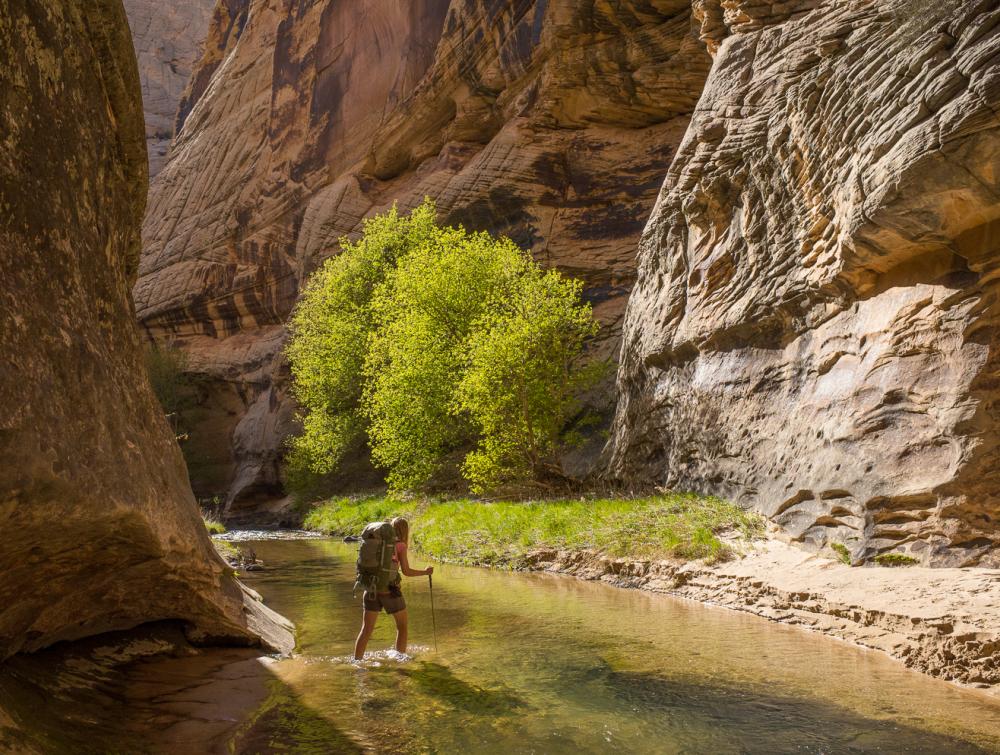UPDATE: Mining interests stake claims in Grand Staircase-Escalante and Bears Ears national monuments

Jack Brauer
UPDATE, June 27, 2018:
HuffPost reports that at least 20 mining claims have been staked on land unlawfully cut from Grand Staircase-Escalante and Bears Ears national monuments by the Trump administration.
In the most concrete example of threats now facing the lands where the Trump administration rolled back protections in 2017, a Canadian company is moving forward with plans to mine copper and other minerals in part of Utah's Grand Staircase-Escalante National Monument.
Glacier Lake Resources Inc. called the site, which is part of an area renowned for its natural beauty and considered a scientifically important source of fossils, “a welcome addition to the company’s ever-growing portfolio of projects.”
“Mining is prohibited in the Grand Staircase-Escalante National Monument and any mining claims are invalid, just like President Trump’s attempt to dismantle the monument" -Nada Culver, counsel for The Wilderness Society
The infamous cuts to Grand Staircase-Escalante and Bears Ears national monuments took effect in February 2018, and per media reports, mining claims were staked out in Grand Staircase-Escalante the following month.
“Mining is prohibited in the Grand Staircase-Escalante National Monument and any mining claims are invalid, just like President Trump’s attempt to dismantle the monument, which we are already challenging in court," said Nada Culver, counsel for The Wilderness Society, in a statement. "This company’s actions, and any others that try to mine within monument boundaries, will be scrutinized. We are monitoring this situation and will not stand by and watch mining companies rush to leave irreplaceable scars and damage the natural values of these lands."
As has been extensively reported, Trump's monument attacks were likely motivated by a push to drill and mine all along. Trump's contracted borders for Grand Staircase-Escalante carefully tiptoe around coal deposits, opening the door for mining operations. In the case of Bears Ears, a uranium company lobbied the Trump administration to exclude potentially ore-rich areas from the new monument boundaries.
Mining in Grand Staircase-Escalante could mean thousands of acres dug up and stripped, waterways polluted with soil and contaminants and wildlife driven away by dust and noise pollution. Local business owners and outdoor recreationists are also concerned about mining’s impacts on tourism, which has been a huge part of the region’s economy since the monument was established in 1996.
